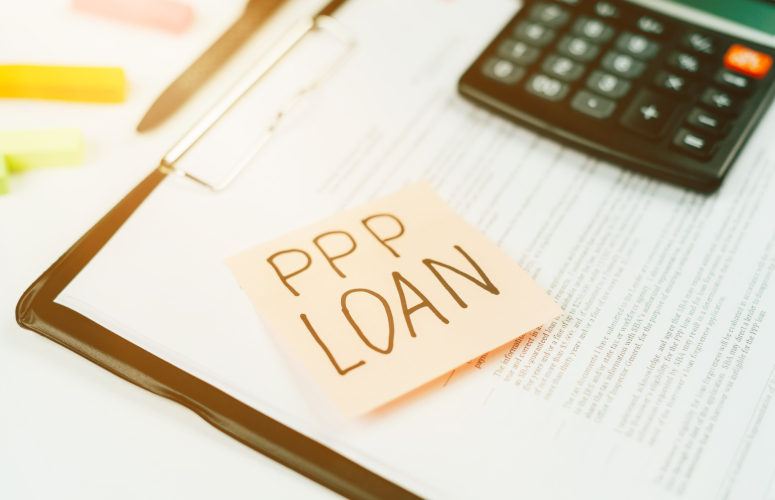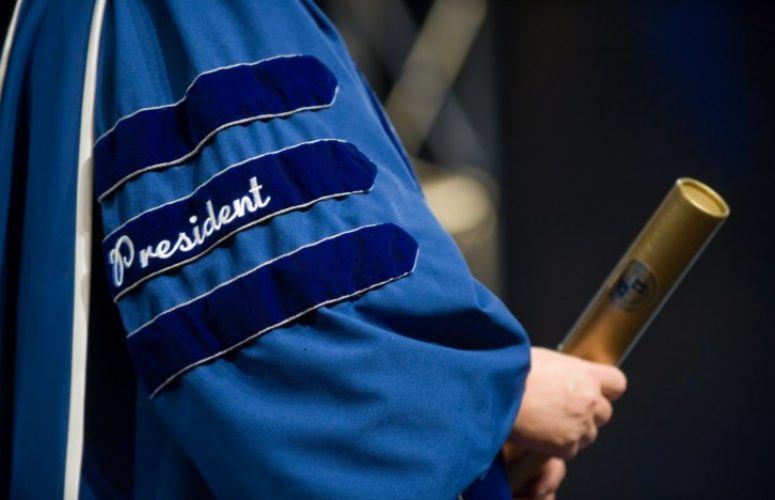
4 Things NJ Businesses Should Know When Applying for a PPP Loan
By TD Bank On Apr 23, 2021Last year, the U.S. Small Business Administration’s (SBA) Paycheck Protection Program (PPP) was created by Congress through the U.S. CARES Act and further enhanced in December 2020 through the Economic Aid to Hard-Hit Small Businesses, Nonprofits, and Venues Act (Economic Aid Act). This was helpful news for small businesses nationwide including eligible businesses in New Jersey. PPP loans assist with the payment of payroll costs, rent, utilities and more for businesses that were established before Feb. 15, 2020, and have not permanently closed.
The Economic Aid Act allows both first time (“First Draw”, no previous PPP loan) or second time (“Second Draw”, previous PPP loan) borrowers to apply, and funds have been set aside to help eligible borrowers in low-income to moderate-income neighborhoods and eligible borrowers with a maximum of 10 employees. To date in 2021, more than 114,500 New Jersey businesses have received $7.5 billion in funding, with an average loan amount of about $66,000, indicating that the state’s smaller businesses are obtaining PPP funds.
According to the U.S. Bureau of Labor Statistics, unemployment in New Jersey remains among the country’s highest at 7.7%, showing that there is still a critical need for employers to access these forgivable loans to keep local workers on payroll or hire additional staff.
Still thinking about applying for a PPP loan for your business? Here are four things to consider:
- Time is of the essence. The PPP Extension Act of 2021 renewed the PPP through May 31 – or until funds run out – but it may take a lender several days to review and process your loan and the SBA to send the funds, so don’t wait until the last minute to submit an application.
Once a business owner receives their PPP funds, a new clock starts ticking: the PPP covered period. The covered period is the time a borrower has to spend the full amount of their PPP loan and is the borrower’s choice of any time between eight and 24 weeks. After the covered period ends, the borrower has until their loan maturity date (the date that the final payment of the loan is due) to apply for forgiveness. Loan payments will begin 10 months after the end of the covered period, unless the borrower submits a forgiveness application before the 10 months are up and receives a decision of less than full forgiveness. No payments need to be made on fully forgiven loans.
- Use free resources. SCORE is an independent, free resource that supports small business owners and offers guides on the PPP application, a PPP loan calculator and more. The SBA (sba.gov) also has hundreds of pages of FAQs on related topics from what documents are needed to apply for a PPP loan to how nonprofits should list “ownership” on their PPP application.
- Sole proprietors and contractors qualify, too. Many freelancers, contractors and “gig workers” have been significantly affected by COVID-19, whether from slower demand for work because companies are watching expenses or consumers putting the brakes on ride shares due to health concerns. The good news is that the SBA allows solo entrepreneurs to use a PPP loan to protect a single paycheck – your own – as long as you can provide the required documents to show income records.
- If used properly, a PPP loan essentially becomes a grant. The SBA states that PPP funds can be used only for certain expenses related to owning and operating a business. As long as a business spends the funds appropriately and can provide documentation to show that’s how the money was used, a PPP loan could be fully forgiven, meaning you don’t owe anything back on the loan. This time around, more expenses are eligible for forgiveness, including payroll and benefits (must make up 60% of how the loan is spent), mortgage interest/rent, utilities, business software or computing-service costs, essential supplier costs, expenditures for employee and customer safety (such as PPE) and property damage resulting from 2020 unrest.
To get started on a PPP loan application, contact an SBA Preferred Lender such as TD Bank or use the SBA’s Lender Match program to apply through a Community Financial Institution (CFI).
To access more business news, visit NJB News Now.
Related Articles:





